Briarcliffe’s twenty-three houses represent mid-century modern domestic architecture at its best… This is one of Canada’s first protected heritage areas of midcentury modern architecture. ~ Exploring the Capital: An Architectural Guide to the Ottawa-Gatineau Region
I turn left off Montreal Road and onto Blair, coast down the hill, brake and turn into the wooded subdivision. With or without the snowbanks there is nowhere for a looky-loo like myself to park. The roads are narrow (as narrow as the municipality permits) and without sidewalks. I pull to the side as best I can, put on my flashers, get out of the car and walk.
But this isn’t a walking place, really. Briarcliffe, a winding, two-street, car-reliant suburb built between 1961 and 1969, is a beautiful museum piece, an oddity tucked into the middle of an escarpment above the Ottawa River in the northeast corner of the city. Winter months offer the best views. With the advent of spring foliage, most houses – behaving as designed – self-camoflauge into their natural setting.
As the civil service trebled in size after the Second World War and vets returned home, the city annexed land from adjacent townships and launched a housing boom, expanding to five times its physical size. Ottawa would follow the American lead of places like Levittown, New York in developing Car-As-King suburbs. But as suburbs go, Briarcliffe would never be mistaken for the frequently “dull, homogenous or unnatural” tract housing that would flourish around Ottawa and other North American cities.
The Briarcliffe Partnership, a housing cooperative, was the brainchild of four friends with complementary skills and ties to the Canadian Mortgage and Housing Corporation (CMHC). They acquired, subdivided and distributed the land to co-op members, financed and built roads and penned a restrictive covenant to protect its natural beauty and architect-led modern design principles. There would be 24 lots plus a forested “park” created from the final – and most desirable – piece of land.
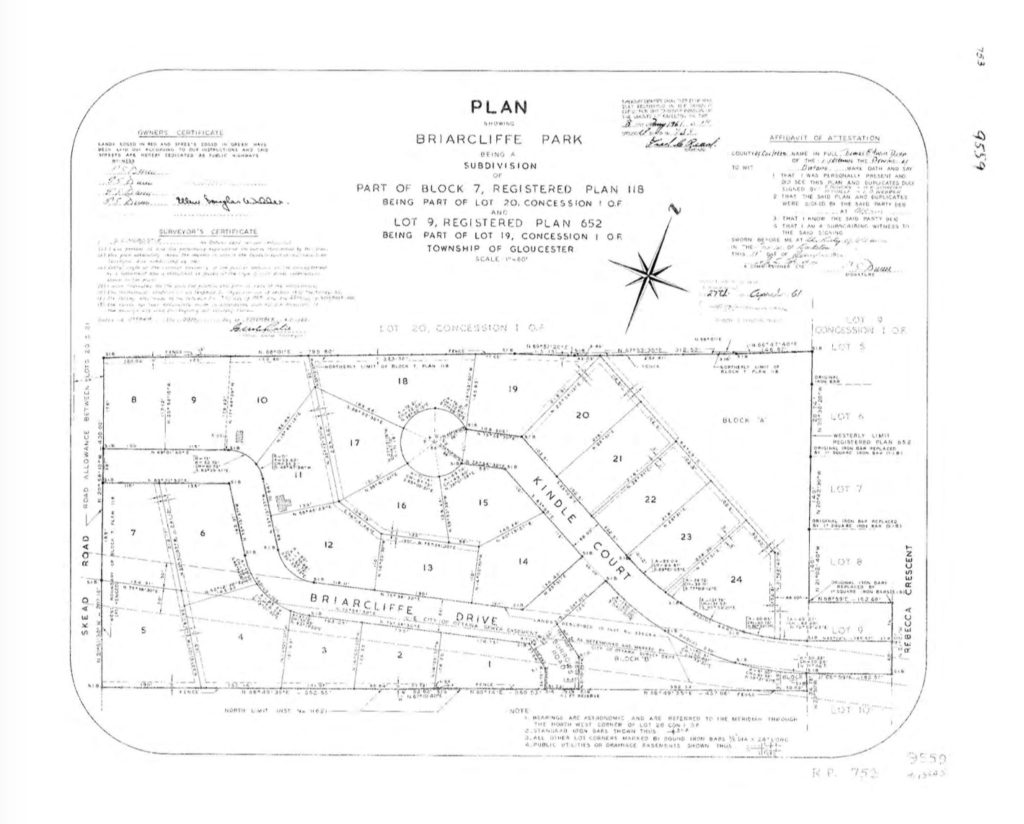
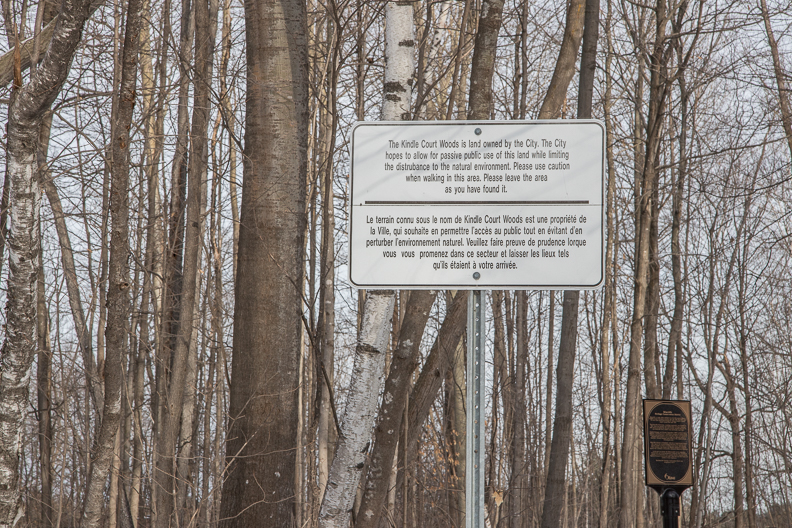
Ten architects would shape this particular place in time. Seven gathered from Vienna, Scotland, Poland, Ireland and England, prophets of the new ideas from the Old World, influenced by Walter Gropius, Le Corbusier, and Mies van der Rohe. Three came from Montreal, Winnipeg and rural Ontario. They were modernists speaking a new language, neatly severing the past from the future. In architecture, Modernism’s primary signifier would be a shift from the historical decorative to the purely functional, representing an analytical approach to form and function. ((http://www.capitalmodern.ca/wp-content/uploads/2013/03/FINAL-Briarcliffe-HCD-Study-Plan.pdf))

In Briarcliffe, like its older-cousin-by-a-decade Fairhaven, a short car ride west, the blocky, horizontal forms clad in “honest” materials are the stars of the show. They are the characters that dictate the mood and function of their neighbourhood. By the time I reach the Butler House at 1 Kindle Court, I realize Briarcliffe is a dead ringer for New Canaan, Connecticut, ground zero for the Harvard 5 and setting for Ang Lee’s 1997 movie The Ice Storm. Of course, I go home and re-watch it.
But in a world of hyper-development and redevelopment, historical gems like Briarcliffe are often rife for demolition and unsympathetic alteration. With the expiration of the original protective covenant, residents set out to explore options for permanent protection of their neighbourhood.
It would be a co-operative effort between the City of Ottawa, MA candidates from Carleton University’s School of Canadian Studies, and neighbours and resident-activists, like Danielle Jones, who channelled persistence, knowledge and time into the creation of the Briarcliffe Heritage Conservation District Study.
In December 2011, City Council passed a by-law to designate Briarcliffe as a Heritage Conservation District (HCD) Study Area, which would provide temporary protection during the one year study period.
In February 2013, after consultation, research, completion of the study, and unanimous sign-off of the HCD by property owners, Ottawa City Council voted in favour of the official designation of Heritage Conservation District for Briarcliffe, Canada’s first HCD of mid-century modern architecture.
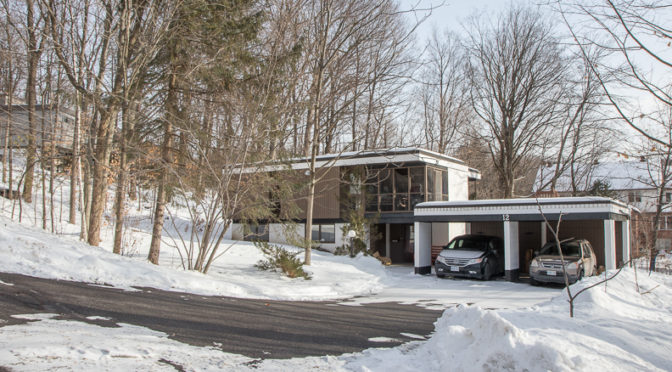
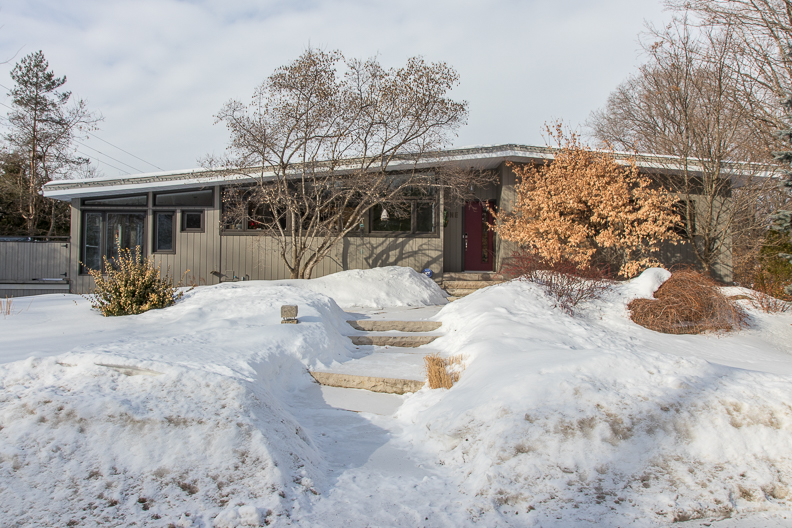
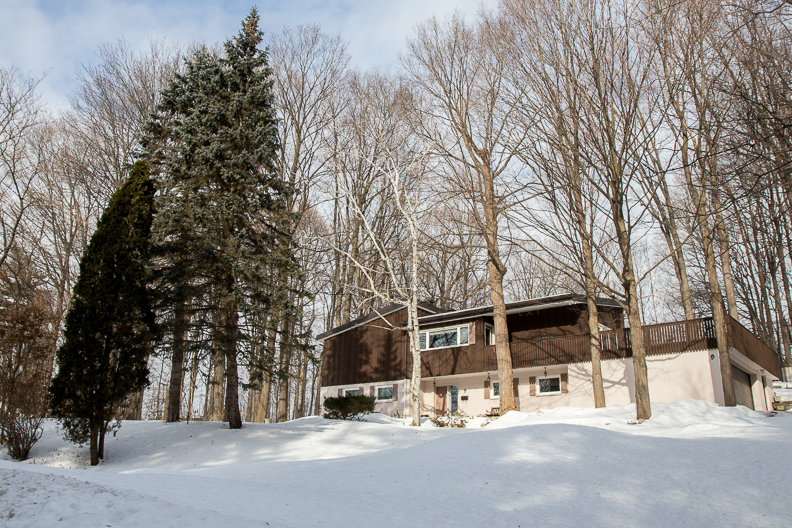
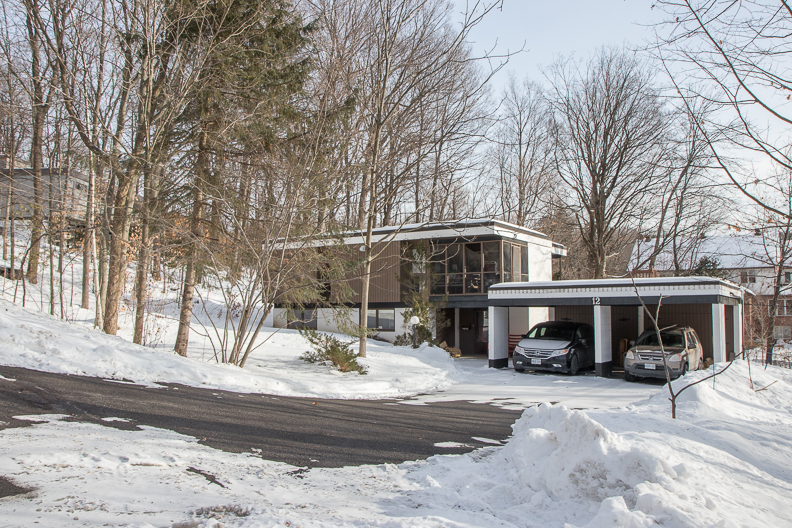
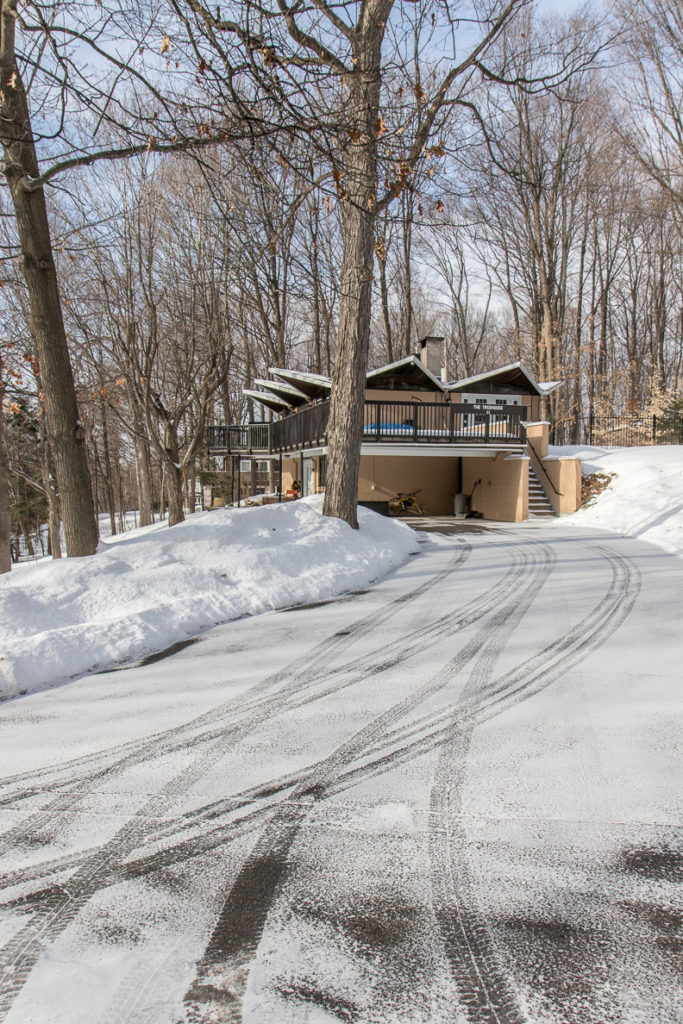
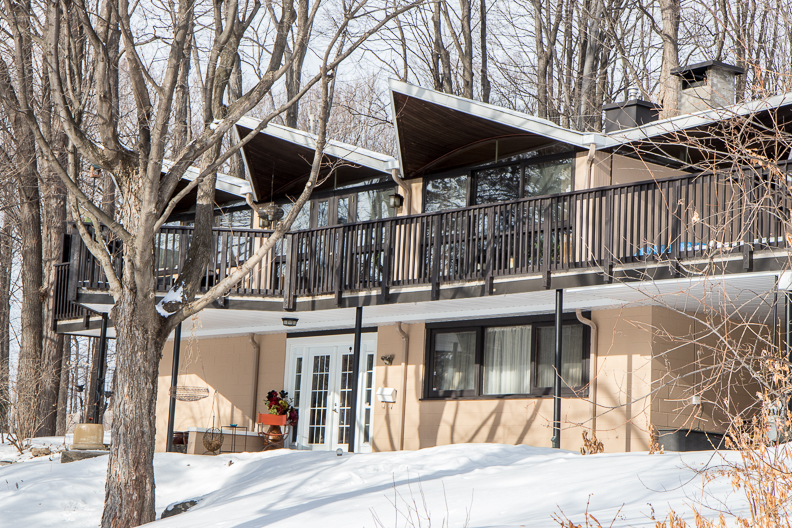


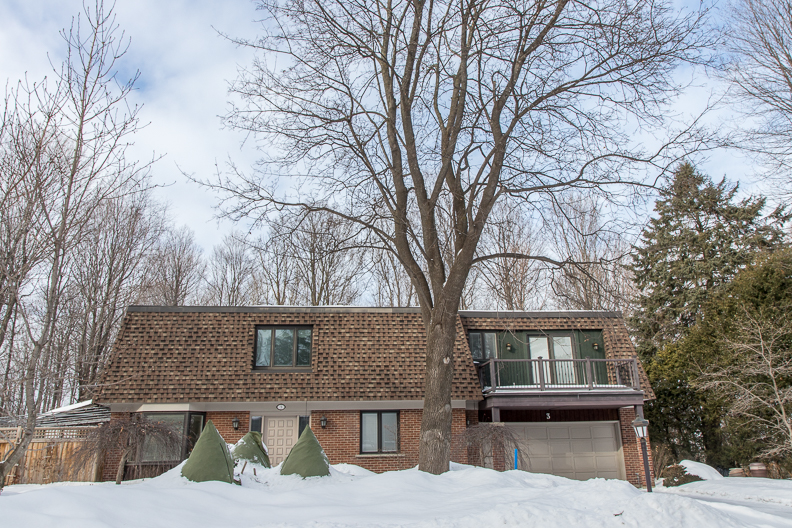
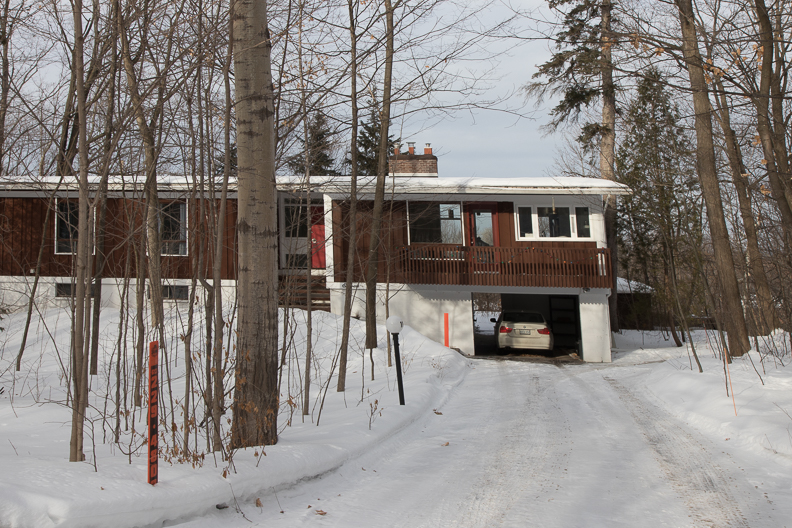
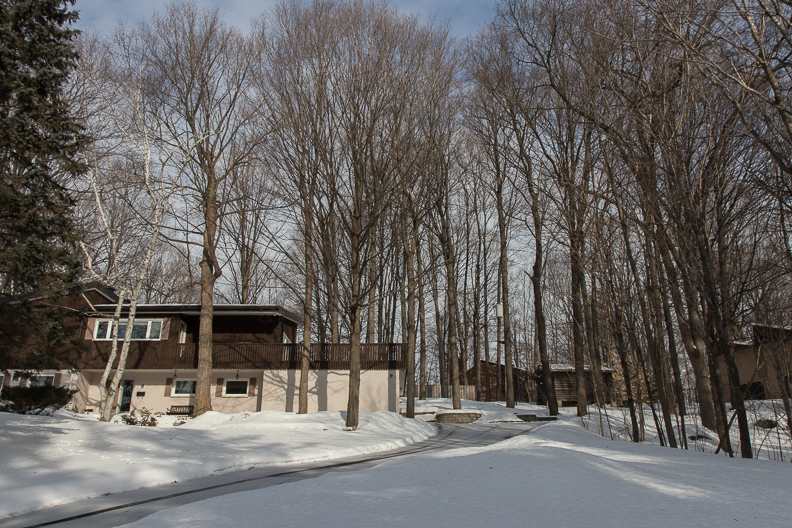

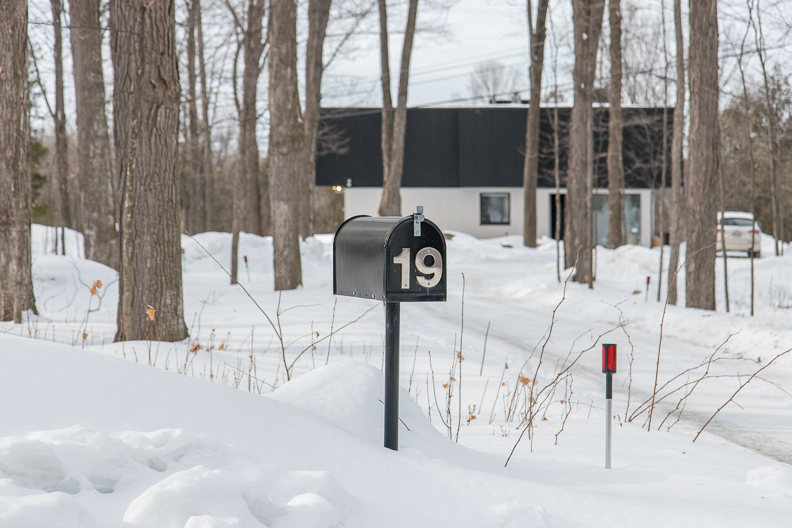
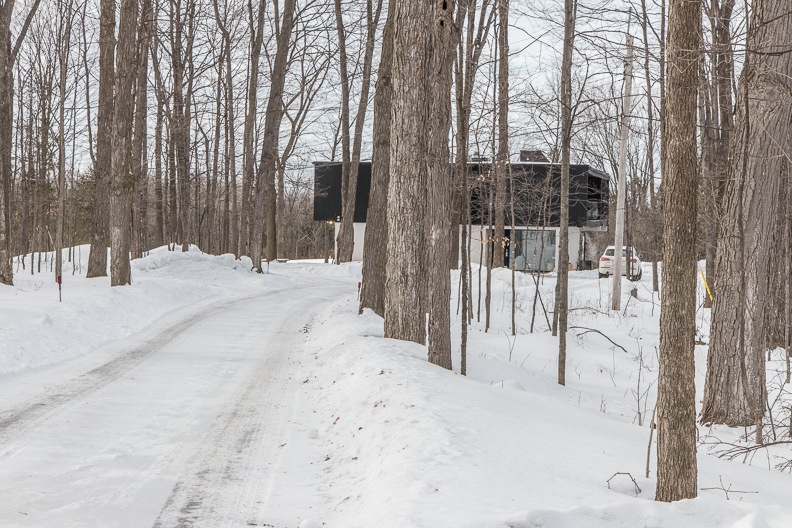
2 responses to “Mid-Century Modern Ottawa: Briarcliffe”
Andrea, this is so interesting. We’ll have to make a little visit to this area next time we’re in Ottawa. Last July we swam in a little pond near F&M’s house — well, quite close, I mean — I think in Rockcliffe Park, part of Caldwell-Carver Conservation Area. So lovely. And hidden away, which I suppose is to the local residents’ advantage.
Hi T –
There are a remarkable number of these modernist enclaves around the city (now that I know what I’m looking for). I ‘found’ another just behind Riverside Hospital, an area known as “Pill Hill”. I am ALWAYS happy to drive you guys around and look at architecture, just let me know. We can always take Arthur and further his cultural indoctrination 🙂